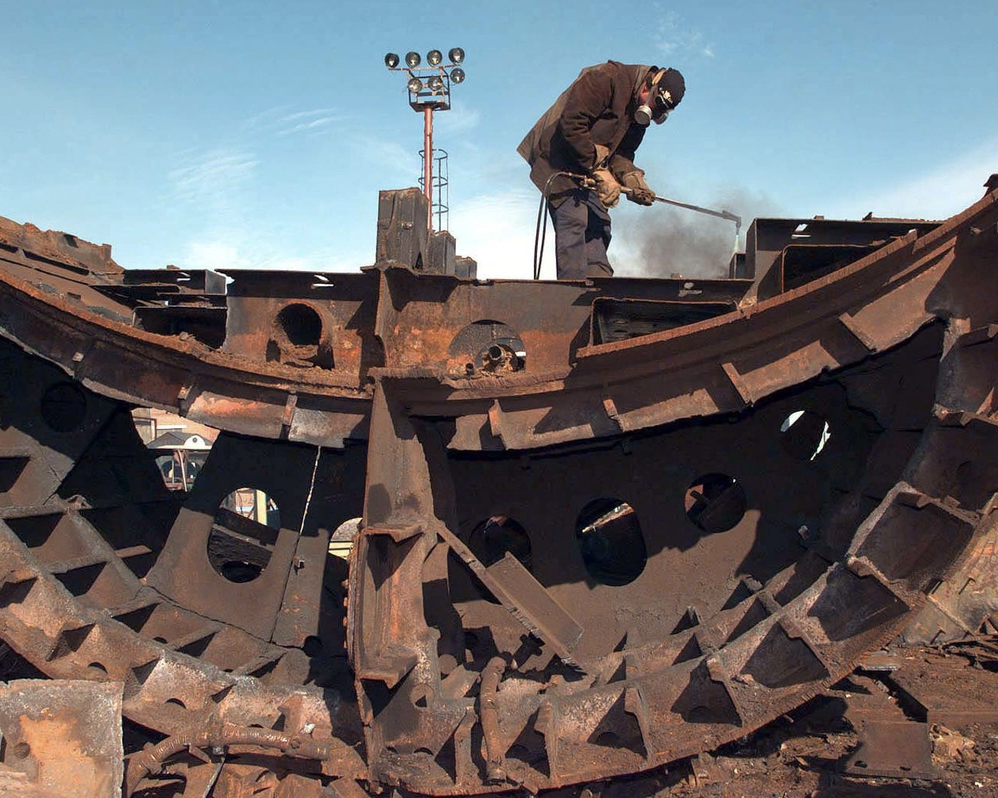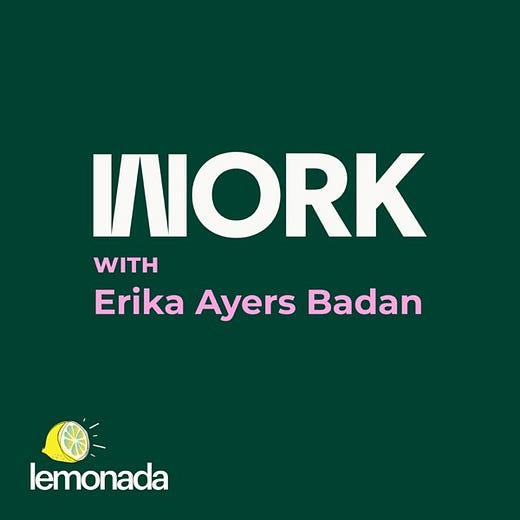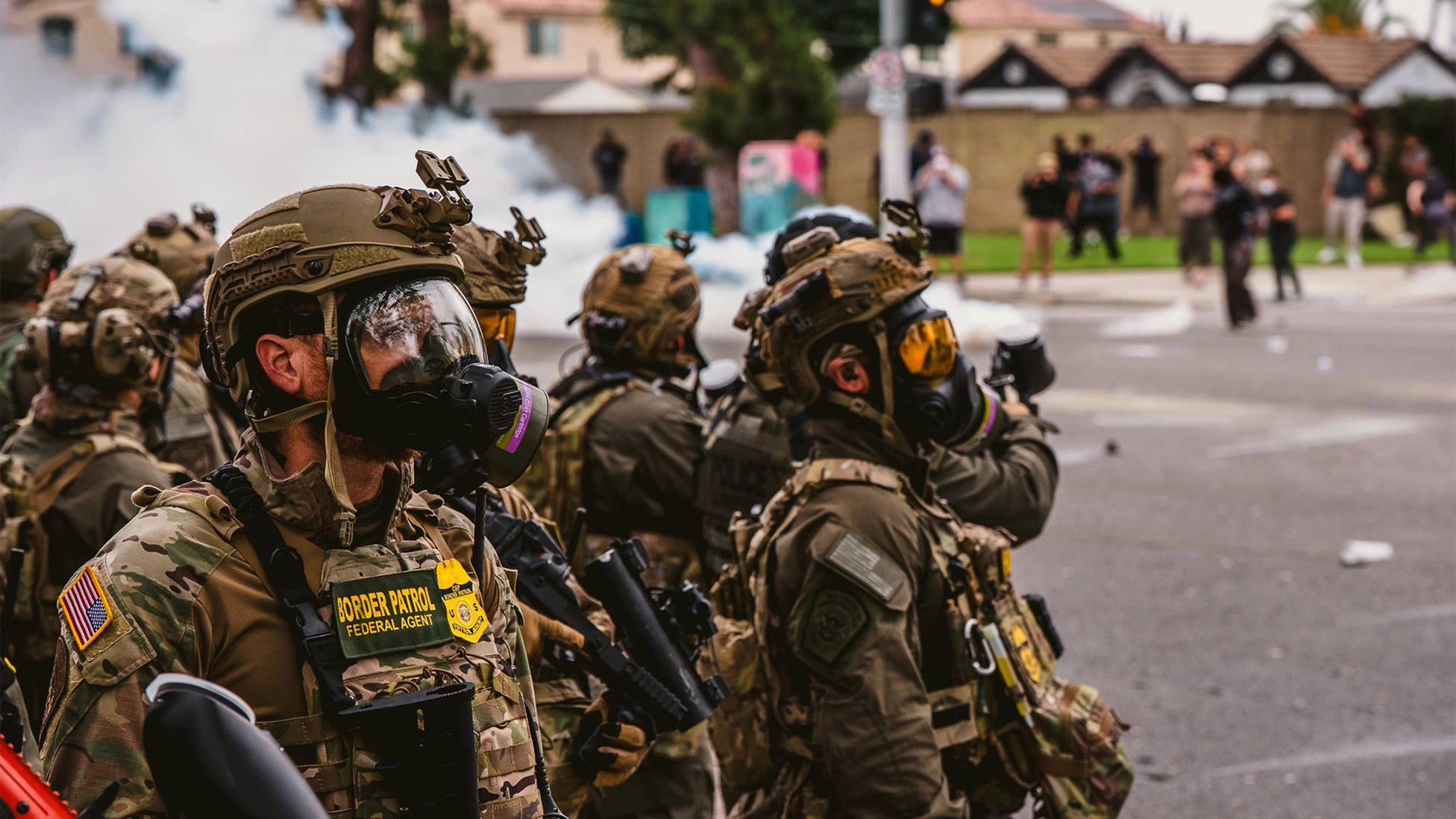So you might have missed a news item from Kazakhstan: the elimination of the last weapons-grade uranium in that country. In a program jointly operated with the United States, Kazakh scientists ground 2.9 kilograms of highly enriched uranium into a fine powder. They then mixed that powder with enough low-enriched uranium powder to render the whole batch useless for bomb-making. And with that operation, Kazakhstan’s career as a nuclear state came to an end.
Your taxes covered the cost of much of that transition. The crack-up of the Soviet Union left behind a grim legacy of nuclear danger. The former Soviet arsenal was shared among four post-Soviet successor states: Russia, Belarus, Kazakhstan, and Ukraine. Even before the Soviet collapse, the security of the arsenal had been poor by U.S. standards, for reasons explained by David Hoffman in his Pulitzer Prize–winning history of the Soviet nuclear aftermath, The Dead Hand:
In Soviet times, the nuclear security system depended upon closed fences, closed borders, a closed society, as well as the surveillance and intimidation of everyone by the secret police … People were under stricter control than the fissile materials. When the material was weighed or moved, it was tracked in handwritten entries in ledger books. If material was lost, it was just left off the books, no one wanted to get in trouble for it. And factories would often deliberately keep some nuclear materials off the books, to make up for unforeseen shortfalls.
When the surveillance and intimidation stopped, much of that off-the-books material was stashed in tumbledown buildings sealed by padlocks that could be snipped by ordinary bolt cutters. The scientists and technicians who knew how to access the material—or knew how to make more of it—saw their incomes collapse to a few dollars a month.

A terrifying opportunity gaped open for rogue states and terrorists. The end of the Cold War had, perversely, heightened the risk that a Soviet-made bomb might be used against an American target.







